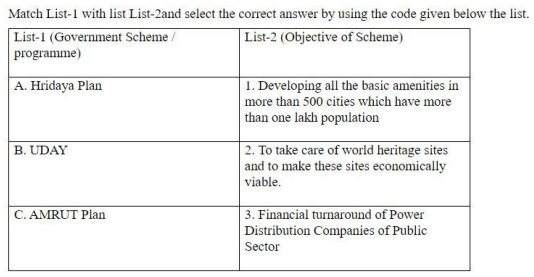Start learning 50% faster. Sign in now
Section 36-Liquidation estate- (4) The following shall not be included in the liquidation estate assets and shall not be used for recovery in the liquidation: — (a) assets owned by a third party which are in possession of the corporate debtor, including— (i) assets held in trust for any third party; (ii) bailment contracts; (iii) all sums due to any workman or employee from the provident fund, the pension fund and the gratuity fund; (iv) other contractual arrangements which do not stipulate transfer of title but only use of the assets; and (v) such other assets as may be notified by the Central Government in consultation with any financial sector regulator; (b) assets in security collateral held by financial services providers and are subject to netting and set-off in multi-lateral trading or clearing transactions; (c) personal assets of any shareholder or partner of a corporate debtor as the case may be provided such assets are not held on account of avoidance transactions that may be avoided under this Chapter; (d) assets of any Indian or foreign subsidiary of the corporate debtor; or (e) any other assets as may be specified by the Board, including assets which could be subject to set-off on account of mutual dealings between the corporate debtor and any creditor.
Nobel Prize is announced at an international level which is administered by the Nobel Foundation in Stockholm, Sweden. Recently Nobel Prize winners for ...
Yard is to inch as a quart is to
Which state’s High Court withdrew a batch of petitions challenging a the state ordinance that bans online gaming and online gambling?
The Lake of Harike is located in which state?
Which Article of the Constitution of India lays down that an Indian citizen has the right to use any restaurant, road or public place?
When did the Simon Commission arrive in India?
Which company was awarded with the Outstanding PSU of the Year at the AIMA Managing India Awards 2024?

Where will the first-ever Street 20 World Cup cricket tournament for street children be held?
Who laid the foundation stone of the National Forensic Science University in Tripura in March 2022?